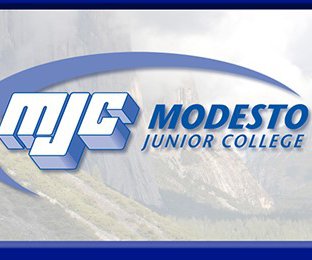Stanislaus State President Ellen Junn shared the university’s plan for managing the fall semester amidst rising cases of COVID-19 in her virtual welcoming address on Aug. 19.
The university delayed in-person instruction until Oct. 1 to give students and staff more time to receive the COVID vaccination, which is mandated by the school.
“Many of us were optimistic that we were finally turning a corner on this pandemic, but unfortunately, it isn’t over,” Junn said.
Stanislaus State requires proof of vaccination for students, staff and faculty. Those who request and exemption for medical or religious purposes must test weekly, and free testing is available on campus.
Junn urged the campus community to upload their proof of vaccine as quickly as possible and university officials “remain excited and committed” to bringing students back to campus.
“Protecting the health and safety of our students, faculty, staff and reducing the spread of coronavirus remains our priority,” she said.
Most staff and administration have been vaccinated, however, there is currently no information available on vaccination rates among students.
“We recently implemented the system for university employees to submit their COVID-19 vaccination status or request an exemption. While the data are changing daily, a recent review of submissions from faculty and administrators showed that approximately 70 percent who had uploaded their information reported that they were vaccinated,” said Director of Communications and Creative Services Kristina Stamper.
Masks are required in all campus buildings. When students return to in-person instruction, student ambassadors in the school buildings will provide masks and remind people they’re required. Masks will also be available in and around all classrooms, according to Provost Rich Ogle.
A group of faculty created a set of guidelines for students who choose not to wear a mask in class. Students first will be reminded and offered one if they don’t have one. Disciplinary actions include asking students to remove themselves from the classroom and dismissing the class if the situation escalates.
Ogle encouraged all students concerned about wearing a mask to contact their academic advisor to switch their course this semester to online.
Deans, provosts and faculty are working to identify some courses that will be in-person even though repopulation has been delayed, according to Ogle.
“Some courses that were scheduled to be face-to-face are going to remain in face-to-face format because there is an important pedagogical or accreditation reason,” Ogle said.
As of Aug. 15, 10,123 students were enrolled for the fall semester. This is a 6.4 percent drop from 2020, which was highlighted during the address. As of mid-July, about 42 percent of the courses were scheduled to be on campus.




